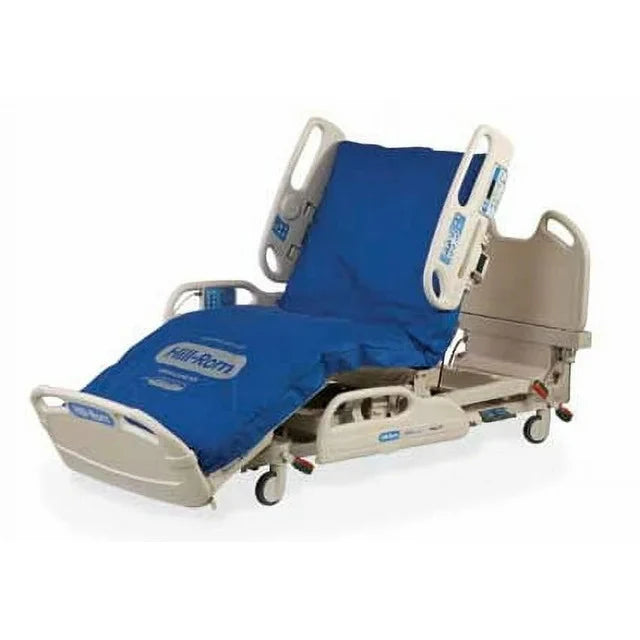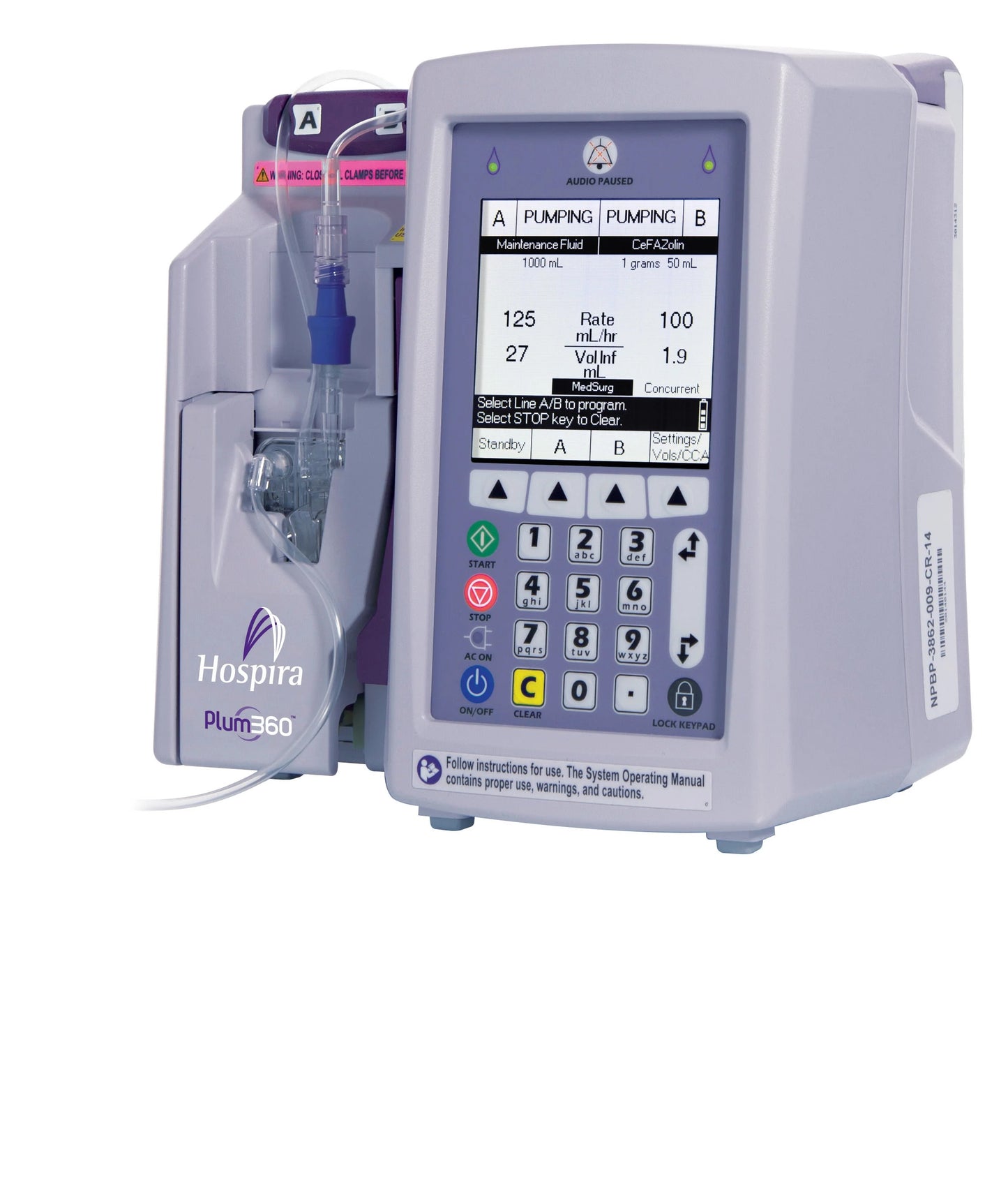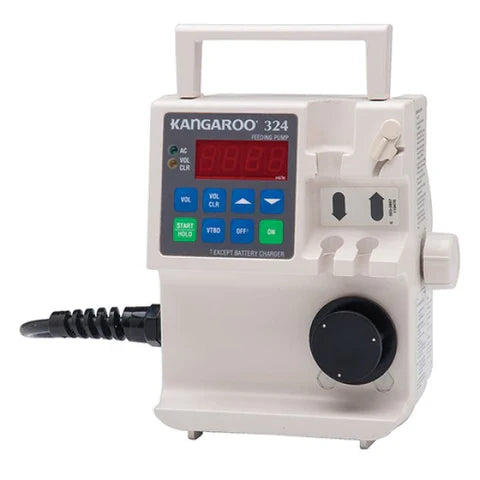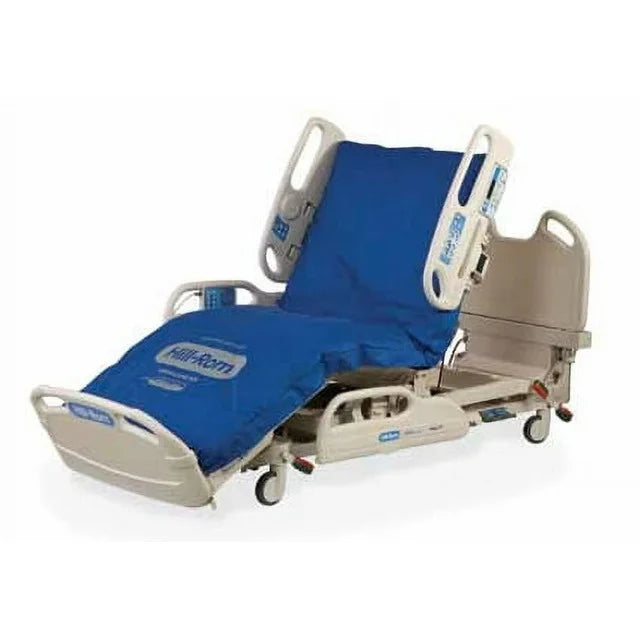
Bringing a hospital bed into your home can greatly improve comfort and mobility for individuals with medical needs. Whether it's for temporary recovery or long-term care, properly setting up, using, and maintaining a hospital bed is crucial for ensuring safety and comfort. In this guide, we'll walk you through the steps to effectively manage a hospital bed in a home environment.
Setting Up the Hospital Bed:
-
Choose the right location: Select a spacious area in the home where the hospital bed can be placed without obstructing movement. Ensure there's easy access to electrical outlets for powering the bed.
-
Assembly: Follow the manufacturer's instructions carefully to assemble the bed. This typically involves attaching the headboard, footboard, side rails, and adjusting the bed height to the desired level. Make sure all components are securely fastened.
-
Mattress selection: Choose a suitable mattress that meets the patient's needs, whether it's for pressure relief, comfort, or specialized medical requirements. Ensure the mattress fits the bed frame properly to prevent sliding or gaps.
-
Install safety features: If the bed comes with side rails, ensure they are properly installed and adjusted to prevent falls. Test the locking mechanisms to ensure they are secure.
Using the Hospital Bed:
-
Adjusting the bed position: Most hospital beds come with adjustable features such as the head, foot, and overall height. Adjust these settings according to the patient's comfort and medical requirements. Ensure the bed is in a position that allows easy access for caregiving tasks.
-
Transfer assistance: When transferring the patient in or out of the bed, use proper lifting techniques or assistive devices such as transfer belts or hoists to prevent injuries to both the caregiver and the patient.
-
Bed controls: Familiarize yourself with the bed's control panel, which typically includes buttons or switches for adjusting the bed height, raising/lowering the head and foot sections, and activating any additional features such as massage or vibration.
-
Daily care routine: Make the bed every day to maintain cleanliness and comfort. Use linens that are soft, breathable, and easy to clean. Regularly inspect the mattress and bed frame for any signs of wear or damage.
Maintaining the Hospital Bed:
-
Regular cleaning: Wipe down the bed frame, side rails, and control panel regularly with a mild detergent and water solution to prevent the buildup of dirt and germs. Follow the manufacturer's guidelines for cleaning and disinfecting specific components.
-
Check for wear and tear: Inspect the bed regularly for any signs of wear, loose screws, or malfunctioning parts. Replace worn-out components promptly to ensure the bed remains safe and functional.
-
Lubrication: If the bed has movable parts such as adjustable height mechanisms or side rails, apply lubricant as recommended by the manufacturer to keep them operating smoothly.
-
Professional servicing: Schedule regular maintenance checks with a qualified technician to ensure the bed is functioning correctly and meets safety standards. Address any repairs or adjustments promptly to prevent further damage or accidents.




